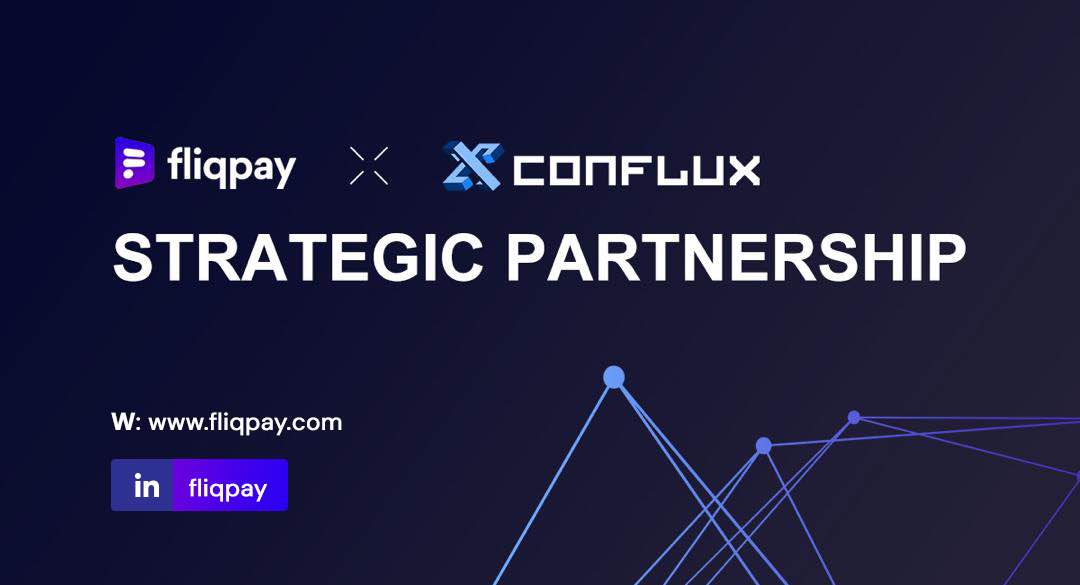Did you know that price(s) is a major factor influencing a customer's buying decision? Pricing is one of the key determinants of the number of sales your business or product will record during launch. And contrary to what many entrepreneurs may have thought, it goes way beyond just comparing the profit margin.
What is a Penetrating pricing strategy?
Businesses use different pricing strategies to gain a good percentage of the market share and, at the same time, generate profit from penetrating pricing strategies to price skimming and value-based pricing strategy.
Penetrating pricing strategy is a marketing strategy whereby businesses lower the entry price of their new products or services to attract customers from their competitors with a fore-plan of raising the price to the standard marketing price after winning over some customers.
Penetrating pricing strategy is primarily based on the orientation that customers will love your product when they start using it and will stick by it even after raising the price to its usual price.
Existing businesses may also use penetrating pricing strategies to monopolize the industry by forcing competitors out of the market to dominate and control the entire market share. That is, after reducing the prices of the goods, they become the sole determinant of the market price.
4 Possible Ways Businesses Use Penetrating Pricing Strategy
1.Free Trial
Free trial is practically the most popular style of introducing a new product into the market. This is more popular among SaaS companies. A very good example was when Netflix offered a 30-Days free trial for its users until October 30, 2020. Almost a year now. The giant movie streaming company also used to allow users to watch the first episode of a series for free. However, they still have a similar offer in Kenya, which will halt once they get their targeted market share.
2. Ridiculously Cheap
oPay N10 food. Does that ring a bell? And the N20 ride? Can you now remember? You may not be able to relate if you are not a Nigerian. Or perhaps you fall in the "Ajebutter category" who stays at Victoria Island. I remember staying at Ikoyi when oPay introduced oFood in Nigeria, and I used my offer at Double Deli Fast Food on Lagos Island near City Hall. It is practically unusual to use this penetrating pricing approach for food or grocery items, though. But oFood did it nonetheless.
3. Voucher
As of today, oPay still offers a 3% cash back on every recharge you do on their platform. There was a time the cashback was pretty higher, and after a while, they stopped., But now, they have brought it back. Also, Opera News used to offer a funny spin and win offer, where you win N5 airtime and other cheap vouchers on Jumia.
4. Complimentary Offer
Complimentary offers range from free delivery to gifts, etc. While I cannot exactly point to a Nigerian company that has offered this (I am sure there is). I remember when Amazon ended free delivery from Whole Foods Market for Prime members. Similarly, Legit.ng (formerly naij.com) partnered with MTN to allow you to visit their website without using your personal data. I even know of a Phisphone trick to diversify the free browsing offer and use it on all platforms. Please don’t have me if I used it. (lol)
Advantages and Disadvantages of Penetrating pricing strategy
Every pricing strategy has advantages and disadvantages, including penetrating, competitive, and dynamic pricing. Understanding these pros and cons will help you decide if a penetrating pricing strategy is the best option for you.
Advantages of Penetrating Pricing Strategy
- Get new customers for your products or services.
- It increases marketing shares and value.
- It may serve as a marketing testing strategy.
- An increase in demand can reduce the cost of production to enhance profit.
- Sweep competitors out of the market.
Disadvantages of Penetrating Pricing Strategy
- Customers may return to the competition when the price goes up.
- Brand image may be at stake.
- The profit margin may be lower for a longer period.
- Competitors may cut down their prices also.
- Ineffective for a long-term pricing strategy.
- Brand loyalty is not guaranteed.
Tips for Applying Penetration Pricing Strategy in your Business
1. Know your Business's Financial Strength
That oFood sells N500 ($1) food for N20 (less than 1 cent) does not mean you should follow suit. oPay and its founding parent, OPera, were swimming in a 120-million-dollar investment fund. Except if you have successfully raised seed capital from investors, the probability that you can penetrate the market with this kind of offer is slim. However, you may give it a shot if your financial state permits.
2. Analyze the cost of the production
The next action for all businesses that want to use the penetrating pricing strategy is to analyze their cost of production. If you are in the manufacturing industry, you need to know how much each product costs if you are running on a temporal loss or perhaps a low gain. oPay obviously was operating at a loss with their oRide and oFood penetrating offers. While a 50% discounted offer, as is the case of many SaaS companies,, is often at a low profit and not at a loss. Whichever approach you are taking, you should get your analysis right.
3. Deciding the entering price
After comprehensively analyzing your production cost, the next thing is to decide your entry price. While a very low entry price will penetrate the marketing effectively, you risk portraying your product as a sub-quality product. Customers, at times, perceive products with lesser prices as sub-quality products. Hence, you must ensure the price of your product is not too low to avoid being considered sub-quality. Also, it shouldn't be too high that customers will find the difference in price worth switching from their completion.
Instead, you can choose a price range of 50% off their original profit (after removing the cost of production).
4. Decide the time phrase.
A penetrating pricing strategy is best for a temporal period. Therefore, you must decide how long the penetrating price offer will last before switching to the standard market price.
You can achieve this by deciding the percentage of market share you would like to win before implementing the original market price. Or, set a duration of the number of months or years using the penetrating pricing strategy.
Furthermore, it would be best to use effective promotional ads to reach more people to achieve effective results. Therefore, do a comprehensive analysis of the number of customers you can win within a particular time.
5. Foresee Your Competitors
While you are smart by penetrating the market at a lower price, you should understand that your competitors are equally smart. If not smarter at times. For example, Pepsi and Coke reduced the price of their soft drinks to kill Biggi drinks out of the market. Presently, the two kings of carbonated drinks manufacturing now sell at their standard price. I do not remember the last time I purchased a Biggi drink. If not more than a year now. And I don’t know who still drinks it. Maybe you?
6. Monitor Customer Behaviour
So much as the penetrating pricing strategy is awesome, it has its odds. The most dangerous time is when you increase the price to the market price. Generally, an increase in the price of a product or service can break down a business and cause slow sales for both old and startup businesses. Hence, you must be extremely careful and monitor your customers' behaviour before increasing your product price.
You may adopt a "mirror penetrating pricing strategy". Whereby you decide to reduce the product's seize by a small percentage. This will help you monitor their reaction before increasing the original market price. This was a strategy Pepsi and Coke used when it later reduced the size of its drink bottle from 60CL back to 50CL without initially touching its price.
Conclusion
This article establishes that a penetrating pricing strategy is an excellent mechanism for introducing a new product. And it is also great to monopolize an industry.
About The Author
Taiwo Sotikare is the founder and CEO of Insight.ng. His core interests are data science, cloud computing and business management. He is also a writer at Entrepreneur.com. You can contact him via taiwosotikare.com





















